NSO offers exuberant Marsalis concerto
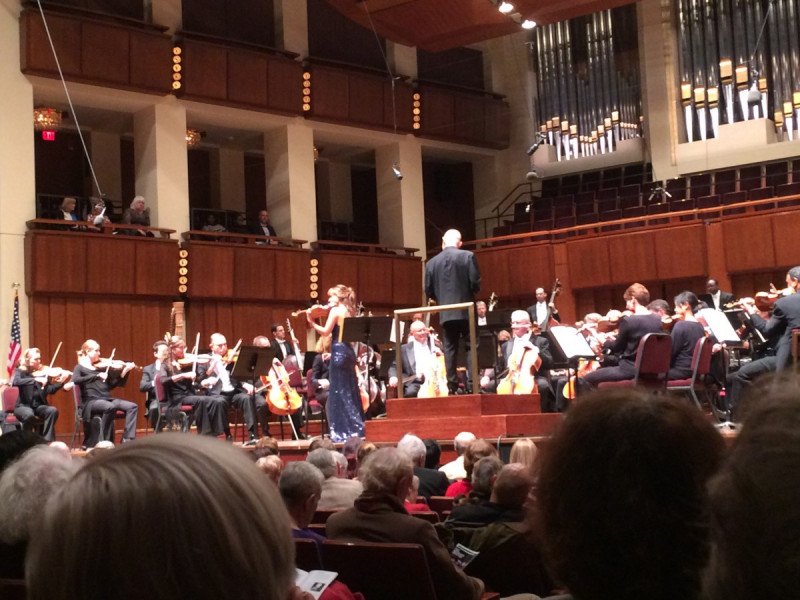
Nicola Benedetti performing Wynton Marsalis’ Violin Concerto in D at Kennedy Center (Photo by: Charlotte Lee)
Wynton Marsalis, the jazz artist, has made repeated forays into art-music composition — writing, that is, notated music for large ensembles, like “Blood on the Fields,” a jazz oratorio that won the 1997 Pulitzer Prize. In the last year he’s had a couple of significant orchestral performances in the Washington area: Washington Performing Arts presented a revision of his Blues Symphony at the Kennedy Center, in 2015, and the National Symphony Orchestra offered its first performance of his new violin concerto, which the orchestra co-commissioned, on Thursday night.
As a whole, the program was exuberant and messy in every respect — from the compositions to the way they were played. It was a heart-on-the-sleeve, big-feeling, big-textured kind of evening, starting with a reading of the Polonaise from Tchaikovsky’s opera “Eugene Onegin” that sounded unusually galumphing, even for the NSO, and put one in mind of amiable rhinoceroses good-naturedly attempting a few dance steps.
All of those adjectives, and many more, apply to the Marsalis concerto. It’s a big gleeful mashup not only of timbres, but of styles, wrapping up military marches and jazz glissandos and wah-wah big-band brass and crashing waves of sound barbed with the blasts of a police whistle in the silky bow of a singing violin line. There are as many organizing principles going on here as styles — one of the four movements is a “Rondo Burlesque,” another is a “Hootenanny” — and they’re all loosely linked by a narrative concept that often manifests itself in the conflict between sound worlds, mounting chaos dying away in the face of the violin. It’s not necessary to follow the story — the program note describes nightmares, circuses, relationships and union as being part of the mix — to understand that the connective tissue here is some form of extra-musical drama.
Premiered last November in London, the concerto was written for Nicola Benedetti, the Scottish violinist. She played it on Thursday with grace and grit and the theatricality the piece requires, and, laudably, managed to play jazz-inspired sounds without sounding square (a surprisingly frequent occupational hazard for classically trained violinists confronted with other idioms). The piece is grateful for a soloist in that it offers plenty of scope and spotlight for emotional expression — apart from moments when it overpowers the solo line with, say, a battery of brass, all rising to their feet for visual emphasis — but it offers a range of technical hurdles and a lot of playing. It rises gracefully from nothing, borne in on the soloist’s held note and carried over into a long polychromatic passage; offers an extended and thorny cadenza, almost a movement in itself; and dies away again to nothing, as the violinist, playing more and more quietly, physically leaves the stage. The whole emphatic jumble might have benefited from a clearer conductor than Christoph Eschenbach, but if he couldn’t lead crisply, he responded strongly to the emotional tone, and the whole thing is not exactly tidy in any case. At bottom, it’s an exultation about sound, offering a big bath of different noises in which everyone, players and listeners, can splash.
Tchaikovsky’s third symphony is, like the Marsalis concerto, in D Major, and also like the concerto, full of big approachable graspable feelings, presented in an only slightly tidier package. The orchestra benefited from the rousing warm-up of the Marsalis to offer an amiable performance.
The program repeats on Saturday night at 8 p.m.
By Anne Midgette
Source: Washington Post

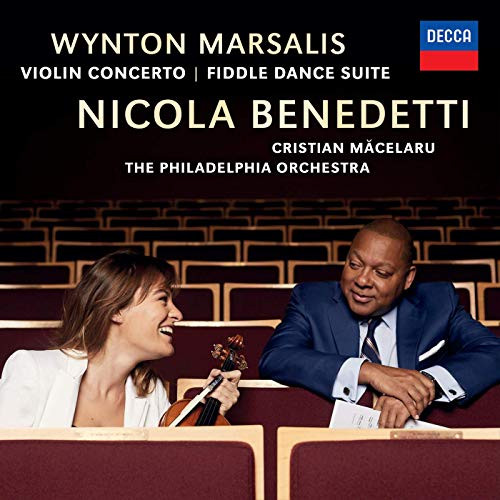
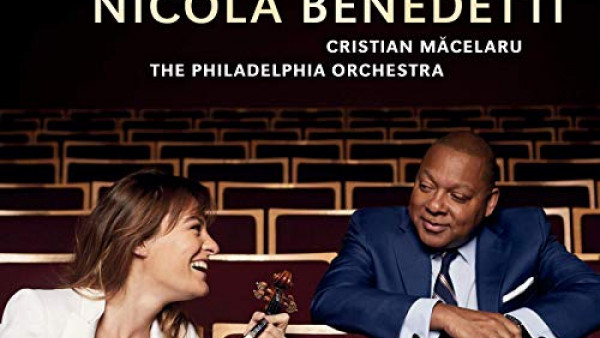
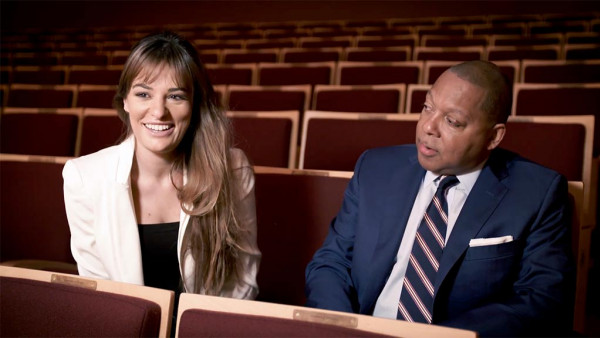
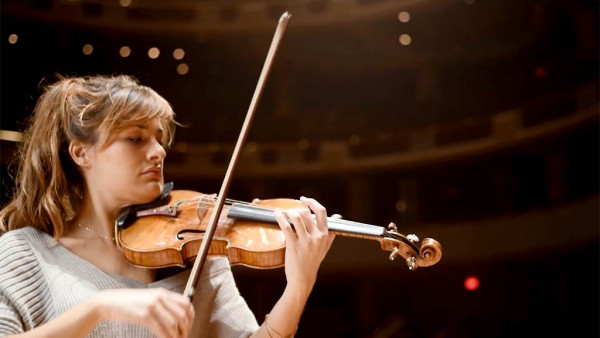
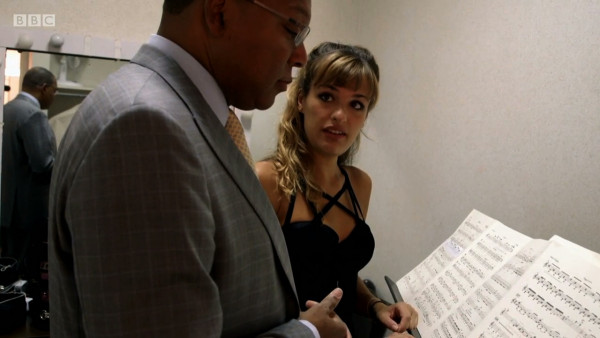
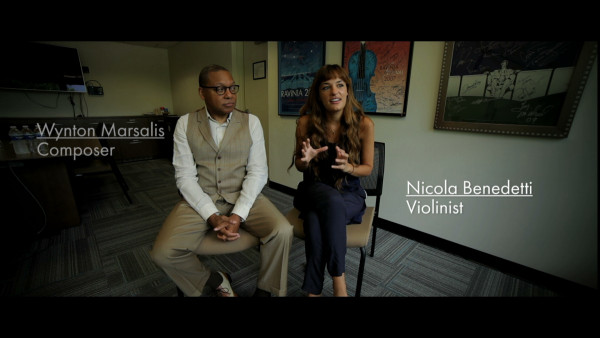
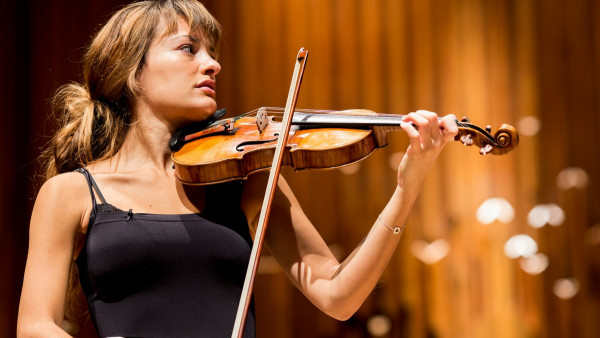
Comments
Wish we could here it in Colorado! The bits I’ve heard on NPR were very good and I wanted to hear more!
Lynn on Nov 1st, 2016 at 11:35am